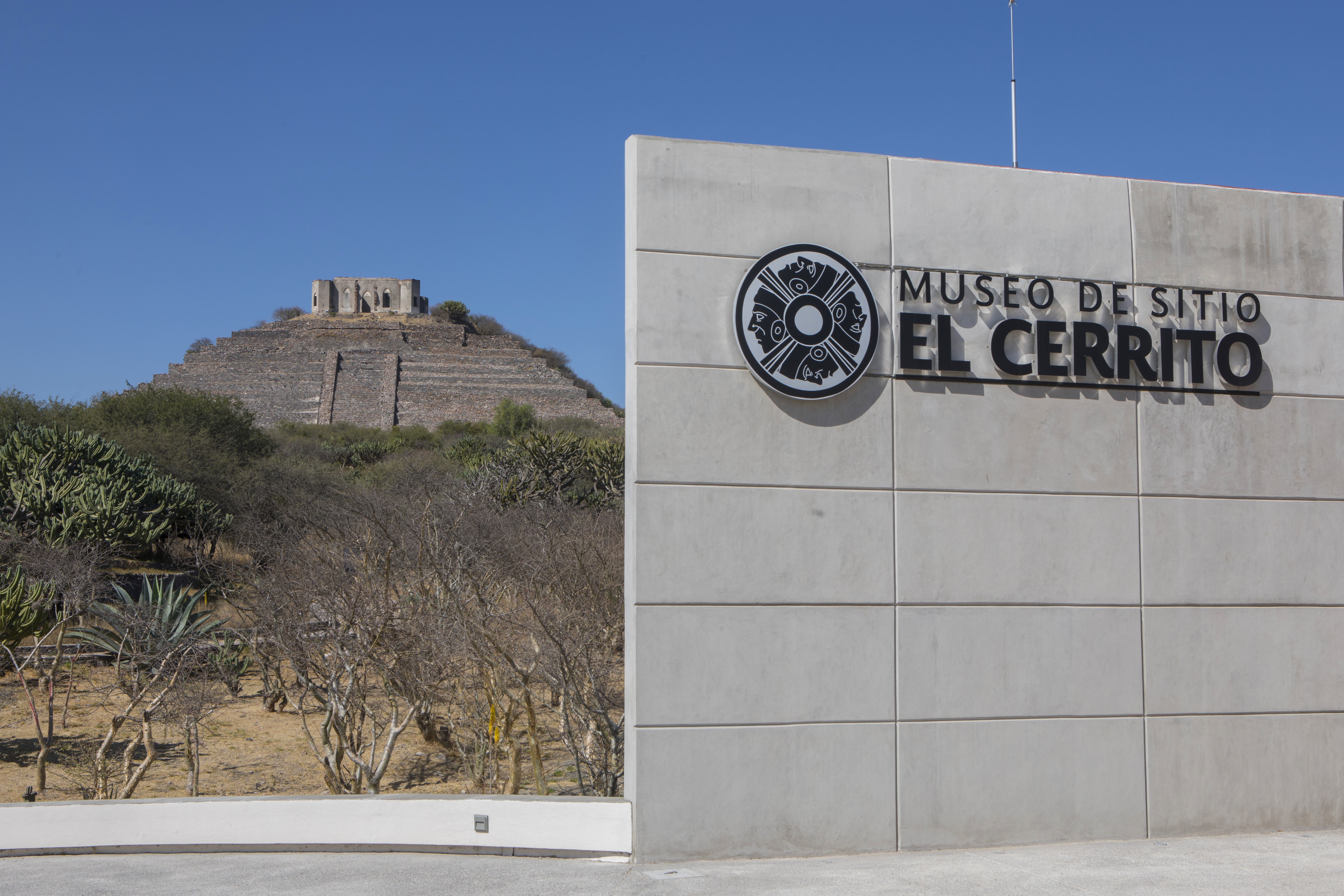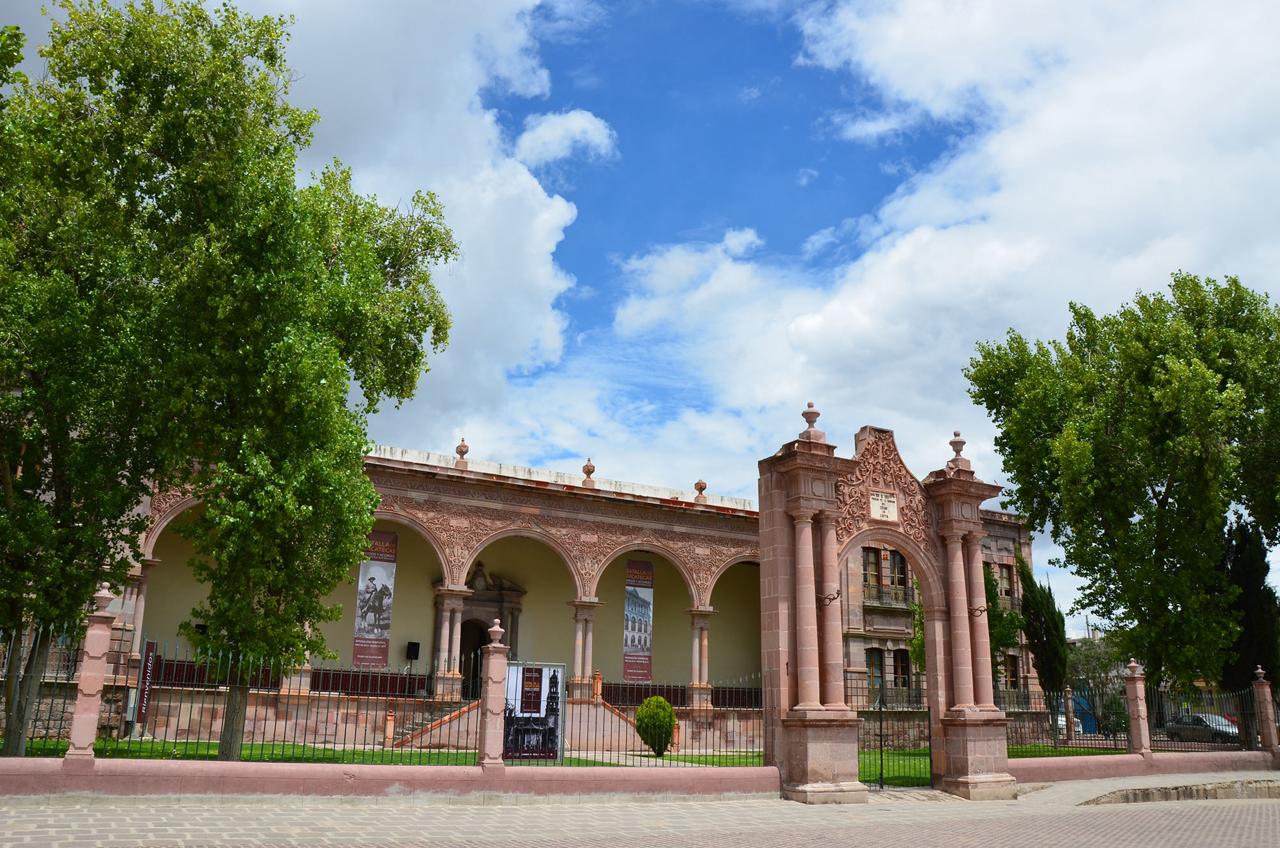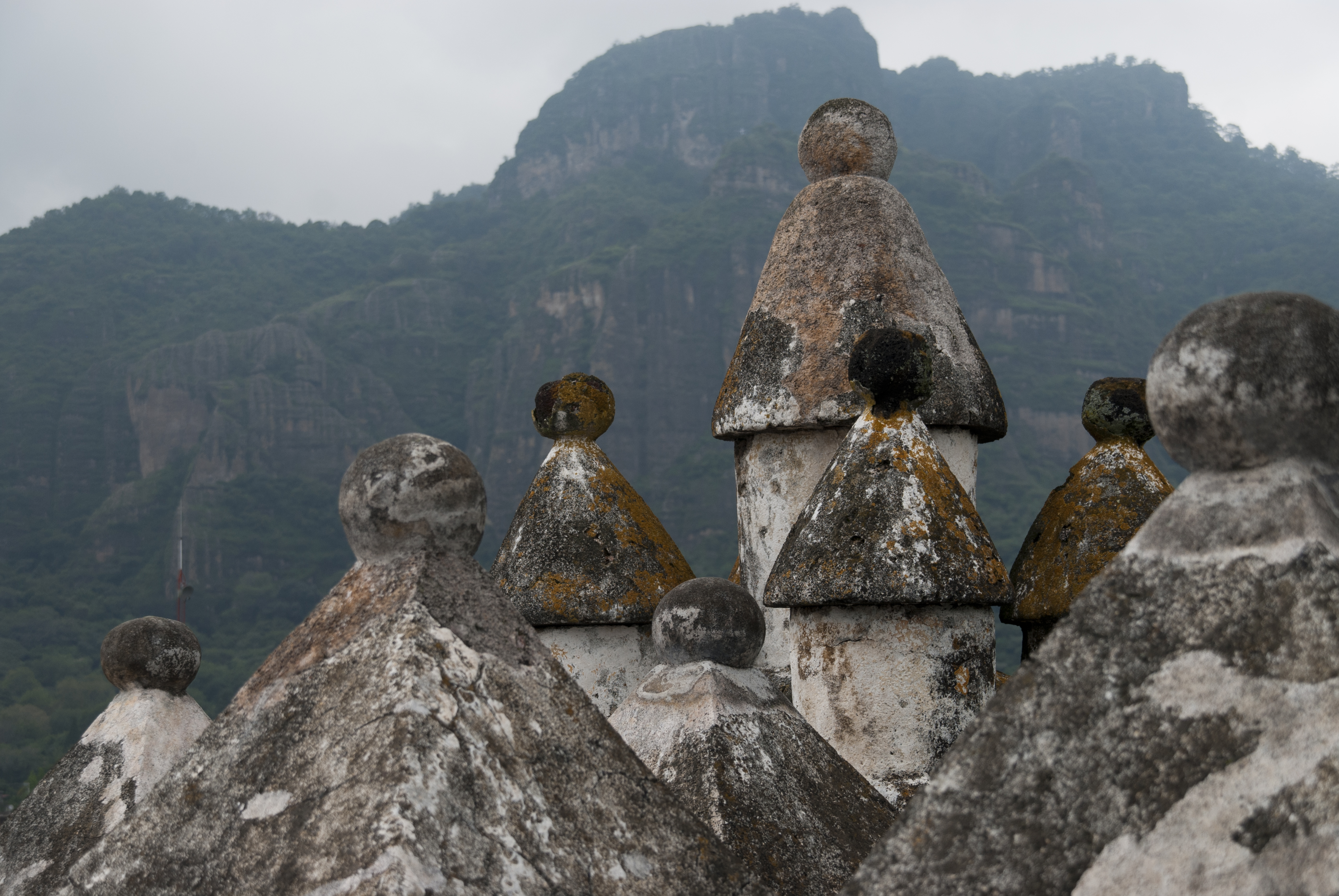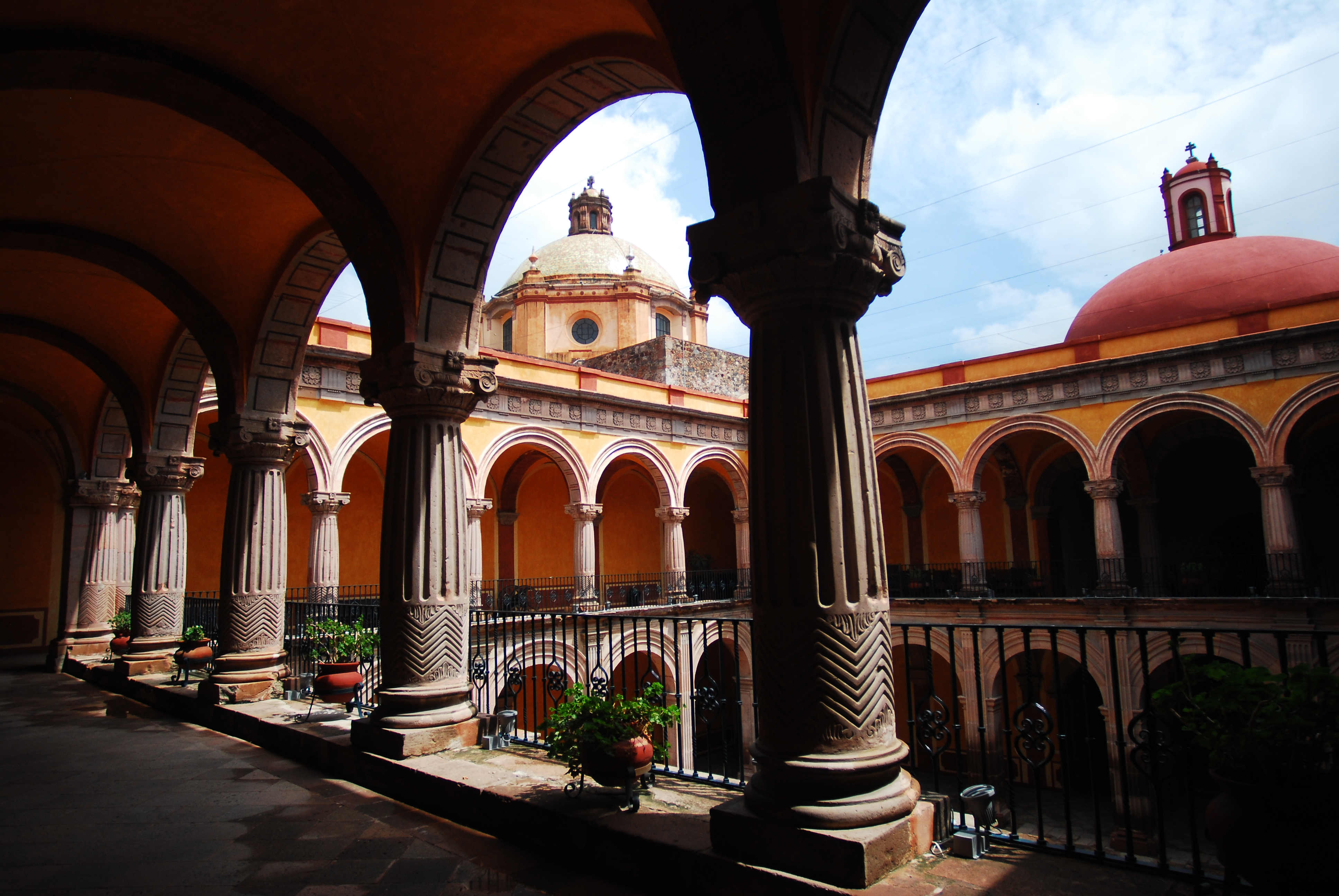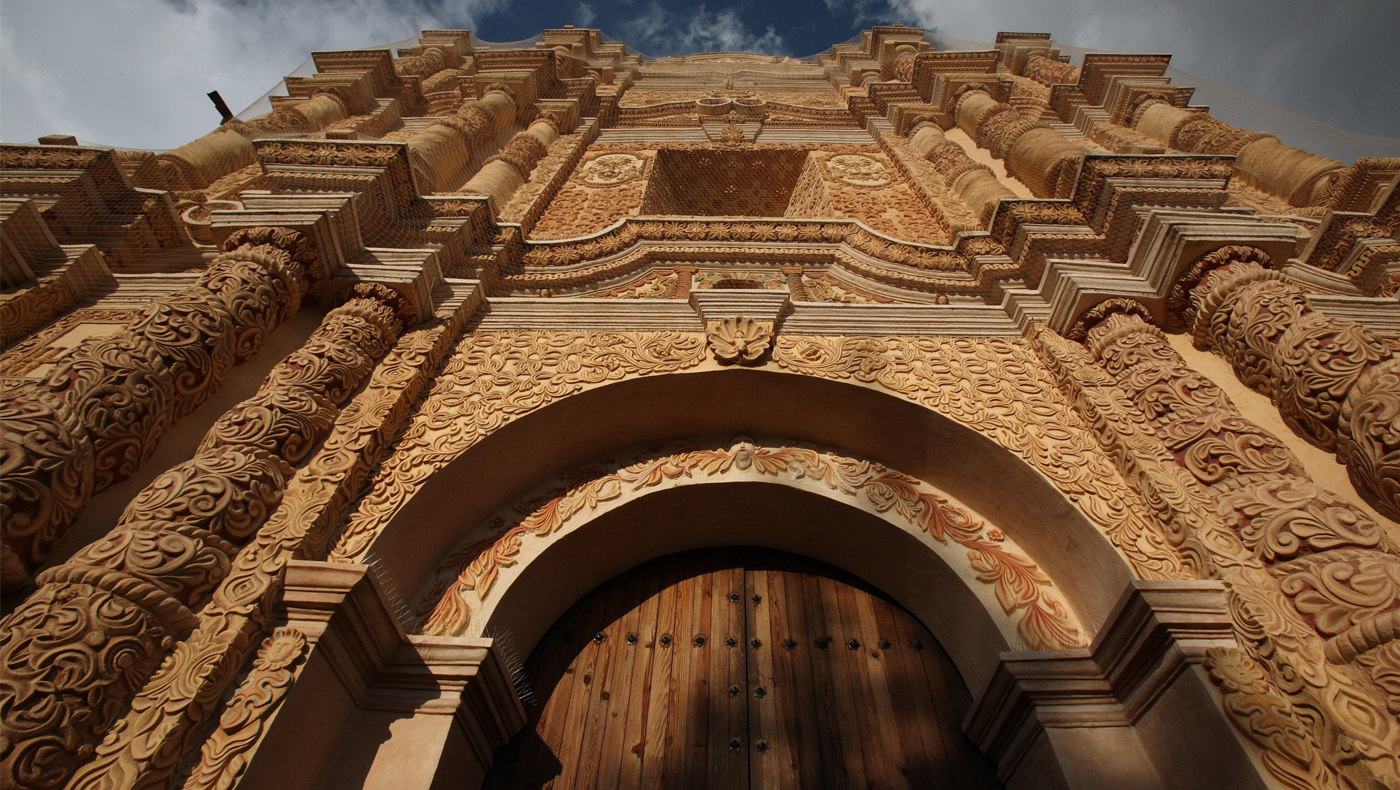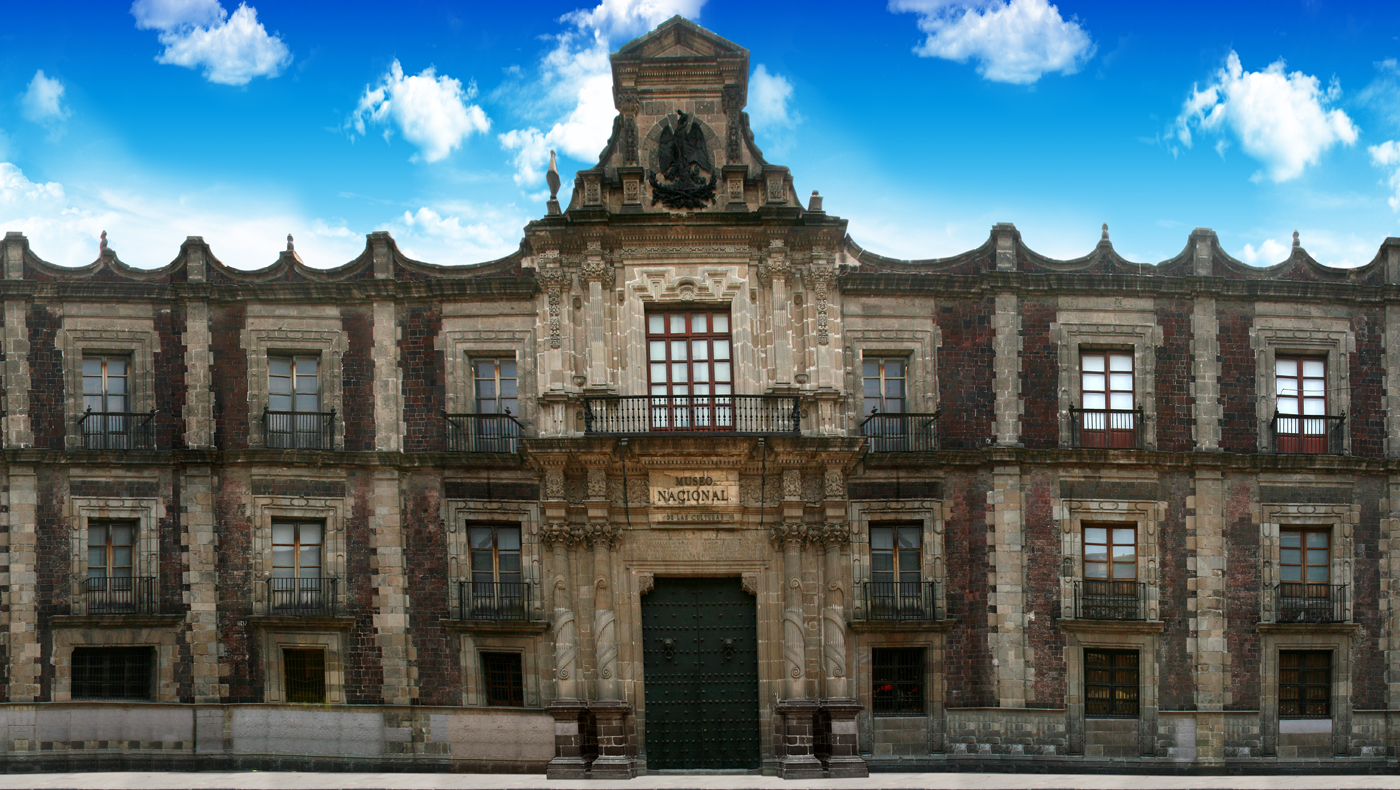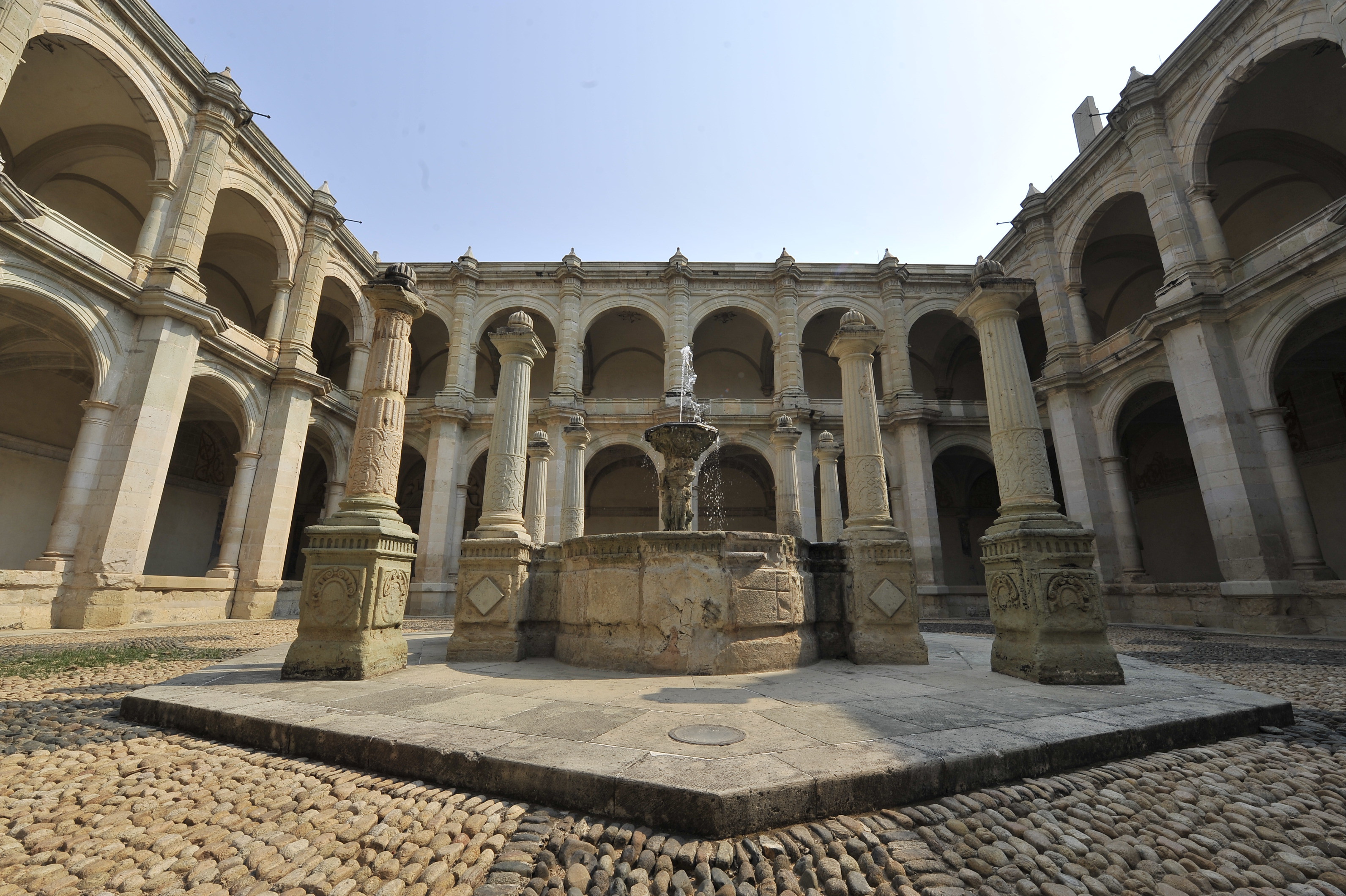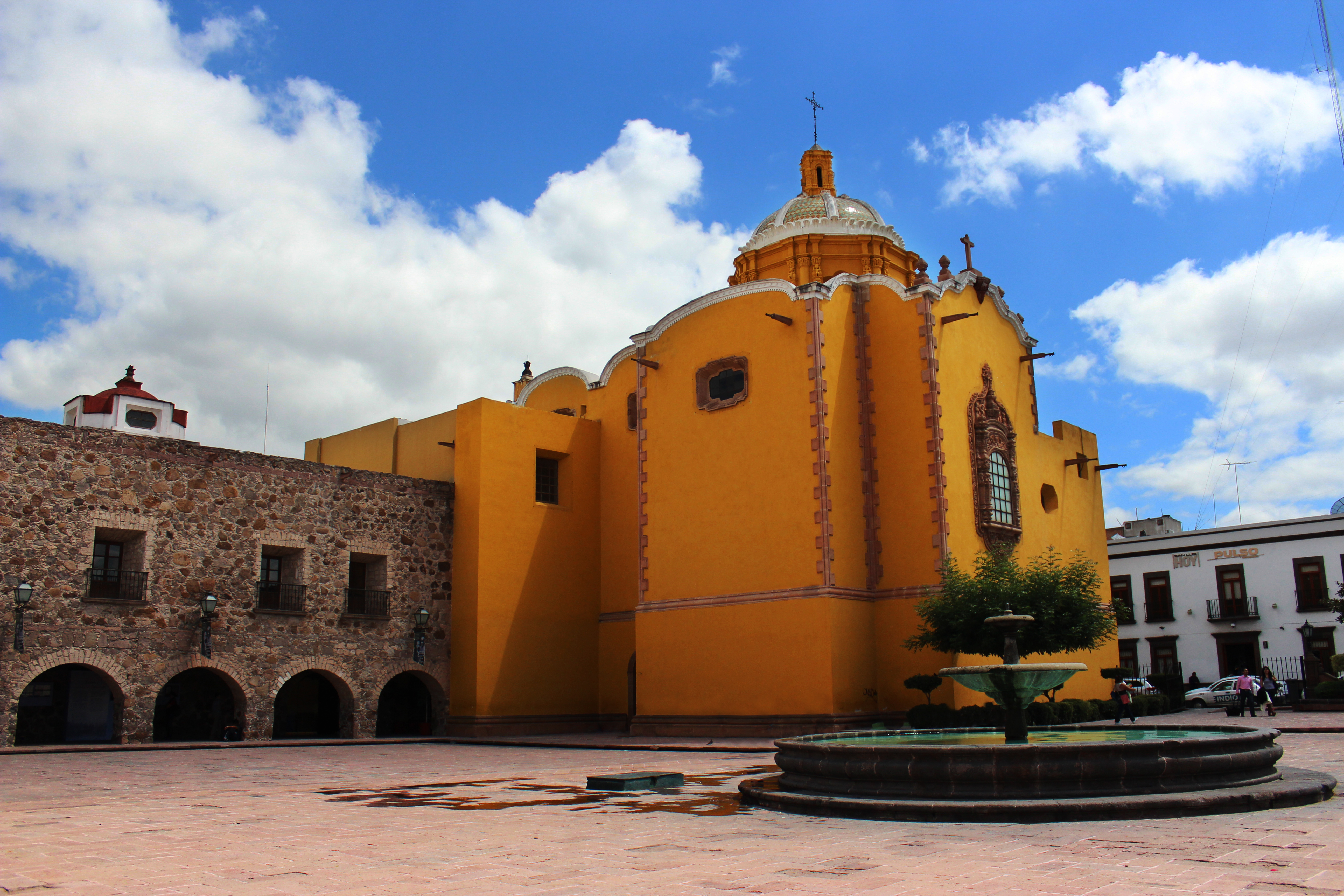
Mostrando 13 - 24 de 35
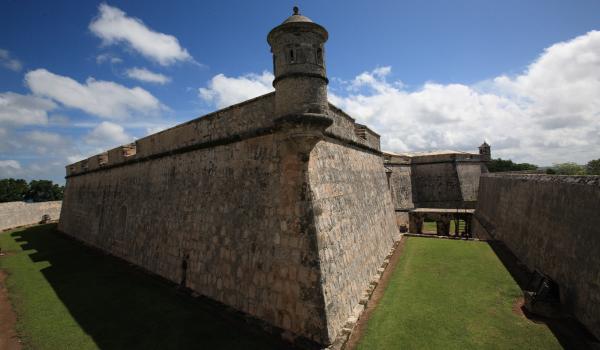
Museo de Arqueología Maya, Fuerte de San Miguel
In one of the mightiest forts of the vice-royal period, dating from the late eighteenth century, this museum is now home to two unique collections: the funerary jade masks of Calakmul, and the funerary ceramic figures of Jaina. In addition, there are some remarkable Mayan stone sculptures. The architecture and splendid collections of the Fuerte de San Miguel were among the main reasons why the city of Campeche was listed by the UNESCO as a World Heritage Site in 1999.
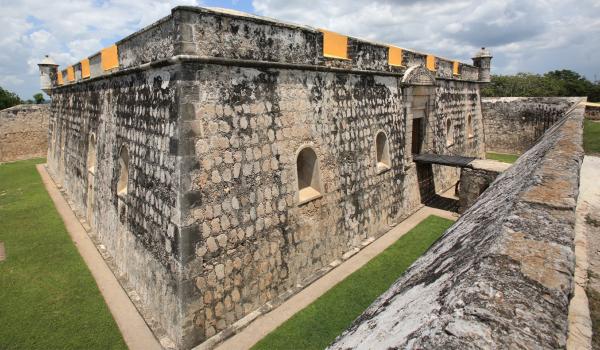
Museo de Arqueología Subacuática Fuerte de San José
The fort of San José el Alto in Campeche, built for defence against the English, which also resisted sieges by the Yucatecans and the French, today contains an important collection of archaeological objects submerged in marine waters of the Gulf of Mexico and the Mexican Caribbean. In addition, the museum exhibits a collection of antique historical arms from the 16th to the 19th centuries, a rare cannon salvaged from the sea and scale models of famous ships.

Museo de Arquitectura Maya, Baluarte de la Soledad
This magnificent coastal fort, completed in 1692, is one of the oldest in New Spain. It houses an outstanding collection of Mayan architecture and sculpture from the Petén, Rio Bec, Chenes and Puuc regions of Campeche State. It formed part of the city of Campeche’s nomination as a UNESCO World Heritage Site in 1999.
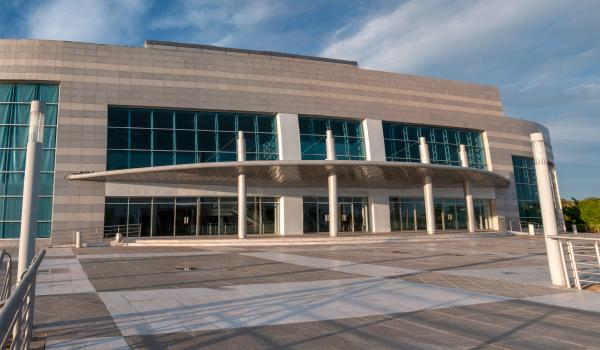
Museo de la Cultura Huasteca
Situated in the modern Metropolitan Cultural Space of Tampico, the Huastec Culture Museum displays the development of the Tenek, Nahua, Pame, Otomi and Tepehua peoples from the earliest times to the present. Nearly 2,000 pieces from six Mexican states tell the story in spectacular fashion.
Museo de la Fotografía del Sistema Nacional de Fototecas
The venerable seventeenth-century former monastery of San Francisco in Pachuca houses an extremely rich collection of images from the nineteenth century onwards, featuring historical events, daily life, landscapes and visual essays. There are important collections of Tina Modotti, Nacho López, Guillermo Kahlo, and not least the collection amassed by Agustín Víctor Casasola.
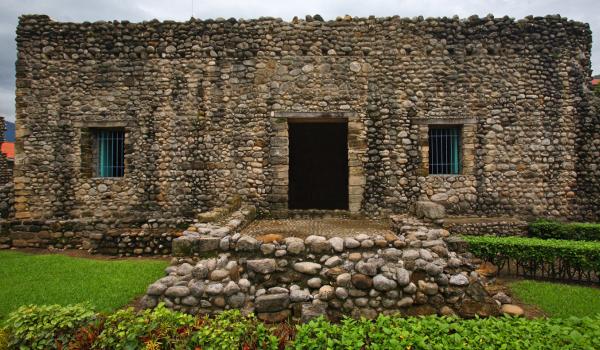
Museo de la Sierra de Oxolotán
One of the original early sixteenth century Franciscan monasteries, built from large river stones, it came under the Dominicans 100 year later. It was the center for missionary work in the province of Tabasco during the viceregal period. It displays local archeological and historical material alongside a collection of religious objects.
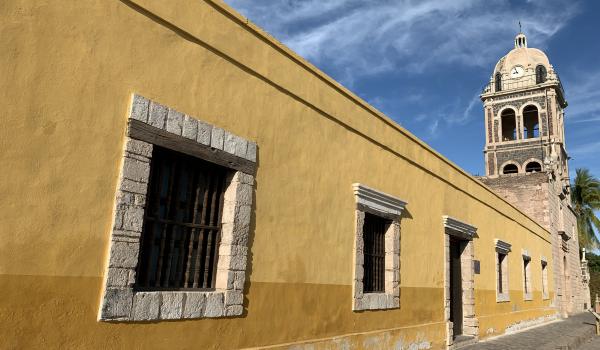
Museo de las Misiones
An important religious and mission complex in Baja California, it is one of eighteen established by the Mexican Province of the Company of Jesus, to teach, evangelize and protect the ethnic groups in the region from sins. This lasted until all Jesuits were expelled from the Spanish empire in 1767 on the order of Charles III. Its collection focuses on the missionaries and their pupils.
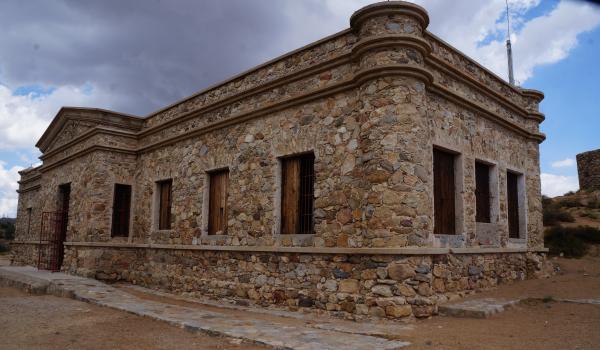
Museo de Sitio Campo Alaska
Located in a former federal barracks built by Abelardo L. Rodríguez in the 1920s and restored and refurbished as a museum in 2004. The exhibition comprises pieces belonging to native peoples including the Kumiai, Pai pai and Cucapá, and explains their cultures, legends and traditions. There is also a photography collection that narrates the history of the building.
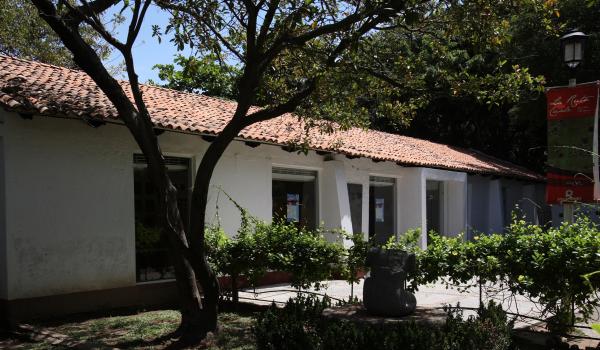
Museo del Cuale, Puerto Vallarta
Located in the craft market on the island of Cuale. The museum displays a varied collection of loan items from the regional museums of Guadalajara, Colima and Michoacán, showing the traditions of the ethnic groups inhabiting the west of Mexico: the Chupicuaro, Tarascans and other cultures prior to the Spanish conquest.
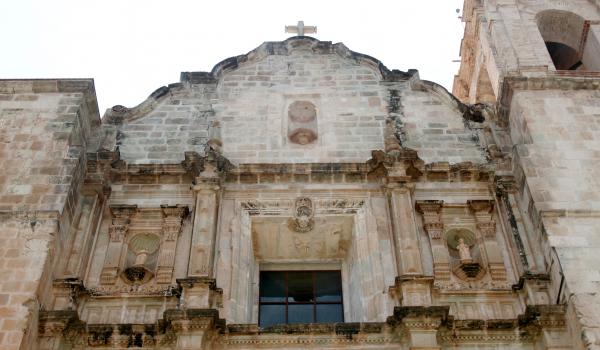
Museo del Ex Convento de Yanhuitlán
This was an important trading center both before and after the Conquest. With the construction of the Dominican convent (finished in 1575) it maintained this character as well as being an important center for evangelization. A notable collection of both religious and civic objects from the colonial period.
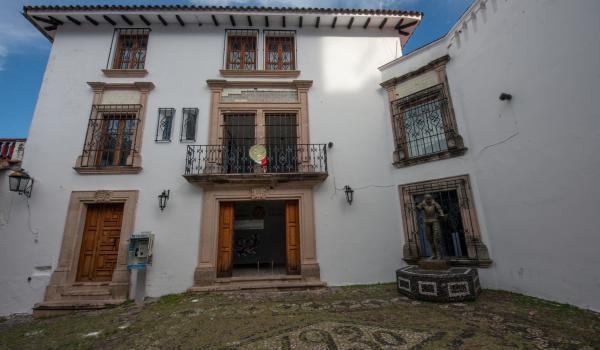
Museo Guillermo Spratling
Spratling was a New York architect who settled in Taxco in 1929. He decided to make pre-Hispanic designs in the silver of the region and trained local artisans in his methods. He collected many beautiful pieces of pre-Hispanic art as well as copies, founding a great museum to house them.

